-
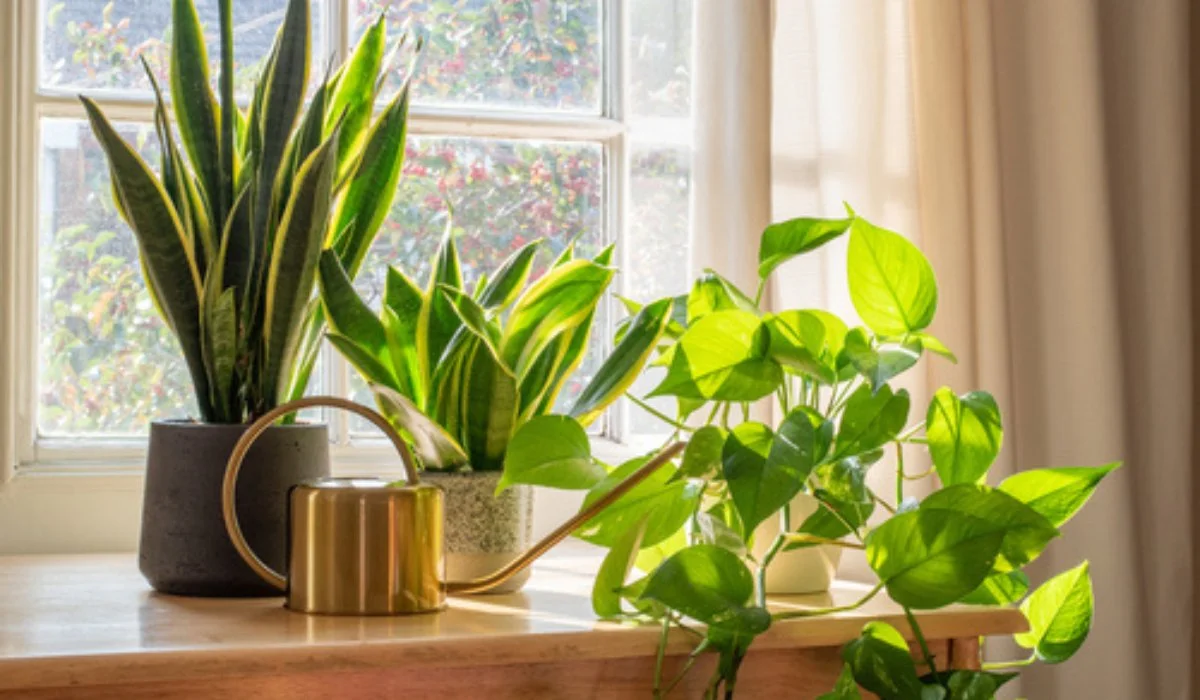
Adding greenery has a significant impact, even in small homes. Indoor plants enhance aesthetics and offer practical advantages, such as elevating mood, enhancing air quality, and fostering a sense of connection to nature without having to leave the house. So there is no excuse for letting a small yard or a lack of gardening knowledge prevent you from using your green thumb indoors.
The indoor plants listed below range in size from those that can fit on a shelf to those that can become full-fledged trees (if you have just a bit more room to work with). Many do not need a lot of sunlight, which is essential if you only have a few windows. Most of these plants are relatively simple to maintain.
You are likely to find a houseplant perfect for you, no matter your degree of experience, your preferences, or the amount of space you have available. Your visions of an indoor garden paradise are about to come true.
Know about Pilea Microphylla
Best plants for indoor garden
Snake plant
Because they are so simple to maintain, snake plants are among the most common indoor plants. A snake plant thrives in low light, making it the ideal choice for individuals who lack the time or energy to maintain it. It has long, slender leaves that emerge from a stout stem that will eventually enlarge. In addition to being beautiful, snake plants have the added benefit of being able to filter your air even at night. The plant thrives in warm climates with direct, bright light.
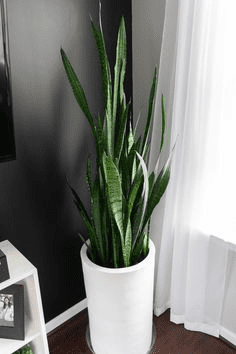
Pothos
The leaves of a silver satin pothos glitter in the light. Keep pothos plants in partial to bright indirect light, and only water them when the soil is primarily dry, and they require essentially no maintenance. By readily replicating one of these plants through cuttings, you can rapidly increase the size of your plant family.
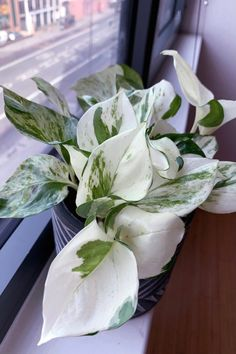
Spider plant
The spider plant, so named because of its long, “spider-like” leaves, is the perfect indoor plant to add to your apartment. These plants’ long leaves, which can dangle down from any surface you place them on, make them look fantastic in hanging baskets or on tables. They also require only some indirect sunshine and water every two to three weeks, making them incredibly simple to maintain.
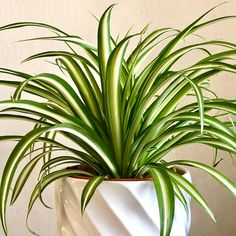
Sweetheart plant
Hoya kerrii, or the sweetheart plant, is a tiny heart-shaped plant, available for purchase as a single leaf cutting or as a complete trailing plant. It is a succulent that requires very little maintenance (watering it every three to four weeks is ideal) and thrives in strong, direct light. Think of it as the ideal little finishing touch for your window sill.
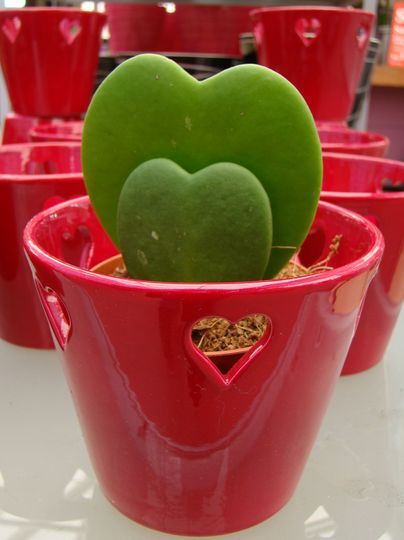
Aloe vera
Aloe vera is a must for indoor plants. This plant earns the distinction of being an excellent first aid kit item in addition to being a terrific indoor, low-maintenance plant. The plant’s gel is used to treat cuts, burns, and wounds. It can be included in your skincare routine too. The plant should be placed in an area with lots of bright, indirect light.
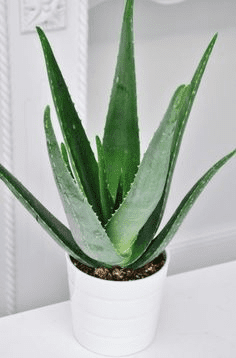
Source: Pinterest
Pilea
Pileas thrive in bright, indirect sunlight, but water them carefully. It needs a “drench-and-dry” strategy, which involves thoroughly watering the soil before letting it dry out, as well as weekly misting. It is important to keep the container basic because the distinctive spherical leaves make a striking effect.
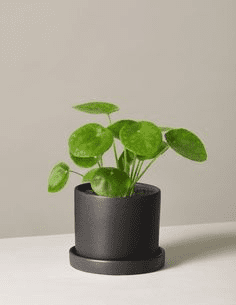
Juniper bonsai
The Juniper bonsai tree is the ideal accent piece for a living room or office. Regular watering is necessary, but do not go overboard. Between waterings, let the soil partially (but not entirely) dry before giving it a good pour. Remember that it needs a few hours of direct sunlight each day as well.

How to care for indoor plants?
Caring for indoor plants is essential to ensure they thrive and add vibrancy to your living spaces. Follow these guidelines to keep your indoor garden lush and healthy:
- Light: Place your plants in suitable light conditions. Some prefer bright, indirect light, while others thrive in low-light areas. Monitor your plants and adjust their placement accordingly. Rotate them occasionally to ensure even growth.
- Watering: Avoid overwatering or underwatering your plants. Check the moisture level by touching the soil’s surface. Water when the top inch feels dry for most plants. Use a well-draining potting mix and ensure pots have drainage holes to prevent waterlogged roots.
- Humidity: Different plants have varying humidity preferences. Increase humidity by misting your plants, placing a tray of water nearby, or using a humidifier. Grouping plants together can also create a microclimate with higher humidity.
- Temperature: Most indoor plants prefer consistent temperatures. Avoid placing plants near drafts, radiators or air conditioning vents. Sudden temperature fluctuations can stress plants.
- Fertilization: Feed your plants with a balanced liquid fertilizer during the growing season (spring and summer). Follow the instructions on the label, and avoid over-fertilization, which can harm your plants.
- Pruning and deadheading: Regularly remove dead or yellowing leaves and spent flowers to encourage new growth and maintain the plant’s appearance.
- Repotting: As your plants grow, they may outgrow their pots. Repot them into slightly larger containers with fresh potting mix to provide more space for their roots.
- Pests and diseases: Inspect your plants regularly for pests like aphids, mealybugs and spider mites. Treat infestations promptly with appropriate methods, such as insecticidal soap or neem oil. Also, keep an eye out for signs of diseases like mold or mildew.
- Avoid stress: Limit moving your plants around too frequently, as they can become stressed by changes in light and temperature.
- Research your plants: Every plant has unique care requirements. Take the time to research each plant’s specific needs, such as water frequency, light preferences and any potential pests or diseases


